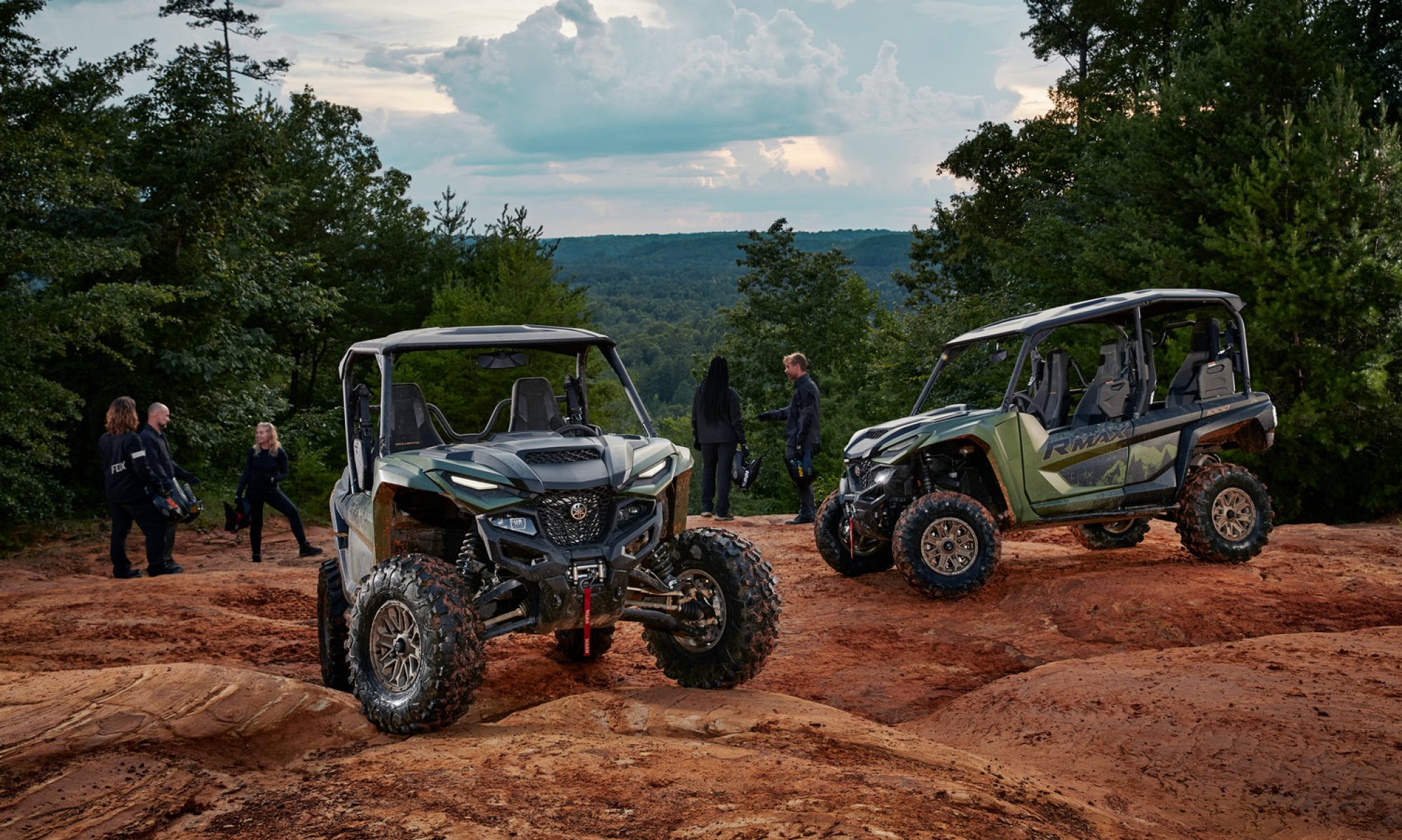Stay Safe on the Trail
Proper trail etiquette is essential to staying safe on the trails. A quick rundown of what we tell our riders every time we take a tour.

Kids on the Trail
Any time it comes to kids on a trail. Whether they are coming towards you or riding in the same direction as you, give them a wide berth. If they are coming your way and you and the rest of your group can stop, then do so and pull as far over as possible. Remember we were all new riders at one point and rocks and ruts have a way of jumping out in front of young riders.

Hand Signals
Hand signals are essential to solid communication on the trail. The Hatfield McCoy Trail System is exceptionally well marked but hand signals are still essential to riding responsibly no matter where you ride.
When you see riders coming the other direction on the trail proper hand signals are a fast and effective way of letting them know how many are in your group. We aren’t just waving!
Always know your place in line, and how many riders are behind you. If you are in a group of 8 and there is someone coming your way, the leader will hold up 5 fingers to let the oncoming riders know there are at least 5 people behind you. Each person does this based on their position of line. If there are 5 or more riders behind you, you hold up a 5. Four riders you would hold up 4 fingers and so on. The end rider will hold up their fist as to say there is no one behind me. Youth riders we encourage to understand the rules of hand signs but not use them until they gain some experience as this could cause them to lose control of their vehicle.
Some more hand signals you should familiarize yourself with:
Group Formation
Every group of riders has a leader and a chaser. The leader’s only job in life on that trail is to make sure they can see the rider behind them. When you come to a fork in the trail use hand signals. Only when you see the person behind you put up their hand signal, you can then put yours down. As this is an acknowledgement that they saw your signal.
- In the event that you cannot see the rider behind you any longer, you STOP. This sets off a chain reaction. The rider in front of you will now stop, and so on until the leader is stopped.
- UNDER NO CIRCUMSTANCE should you move from this position once you don’t see the person behind you. Just stop and wait there, your leader will be back to get you and instruct you at that point.
- If you are on a tour, our chase vehicle is in communication with the leader, so we have a very quick idea of what is happening.
- On unguided rides, the proper method here is for the leader to make their way back passing everyone until they find the issue. This way they can account for every person. Sometimes a trail is one way, too narrow etc to make this feasible but in a perfect world this works flawlessly.

Your Impact on the Trail
Be aware of your impact on the people around you. Your roost can injure people, splashing puddles when someone is coming the other way etc seems fun, but it can make them unable to see.
Climbing a hill, always use 4WD if available. Sure your machine can do it in 2 but using 4WD reduces the tire spin which causes ruts. Over time this becomes an issue for riders in the future.
Don’t litter, and if you see litter pick it up. On our guided tours we carry a trash bag in one of the vehicles, don’t give riders a bad name please.

Non-Motorized Traffic
Non-Motorized traffic ALWAYS has the right of way. Remember, your behavior reflects on all of us. To non-riders all ATV’ers will be judged on how you act. Always make sure they are ok. There is a good chance you have GPS, a map, some water, etc that could help them out. Just remember, one day it might be you out there. Anytime you see wild life and livestock give them a wide berth. Animals are unpredictable and the sound of our machines will spook them from time to time.

Stopping for Breaks
Stopping frequently with youth riders is especially important. We always like to do a stop in about 15 minutes to do a ‘shakedown.’ Many people get their machines ready for a trip and take them out with fresh brakes, wheel bearings etc. We have all missed a bolt or not done something right these problems appear in the first few minutes of riding. We address this here instead of being stranded on the trail farther into the trip. When stopping for a break of any sort, do so in an area you can get off the path. If changing your staging, do this now instead of trying to pass on the trail. Remember when riding with youth riders their bodies need to stay hydrated more than we do.







One Reply to “Off-Road Trail Etiquette”